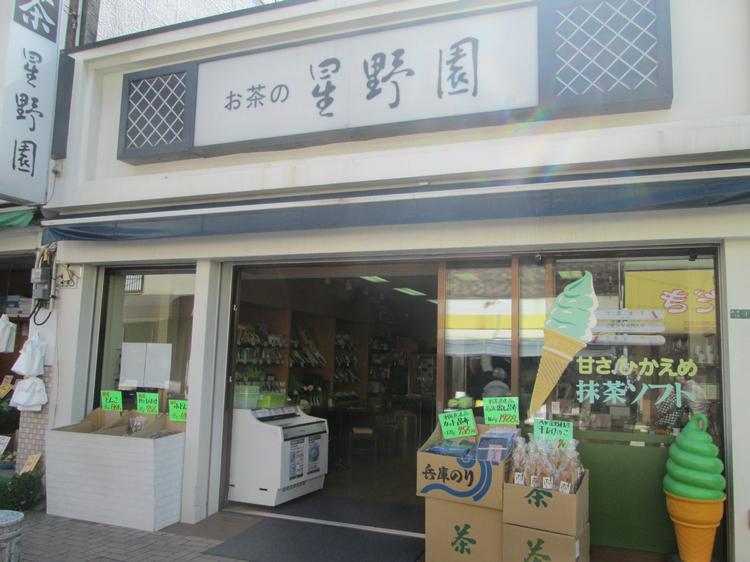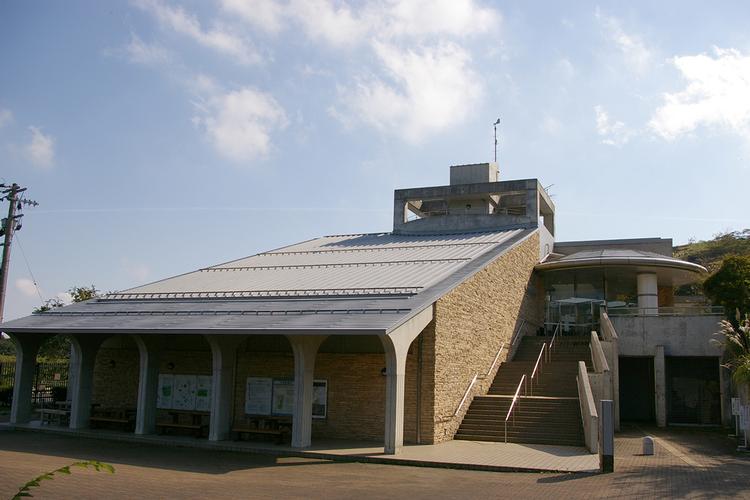- No-7
- 旧大連航路上屋
-
■ Commentary
旧大連航路上屋は、日本と中国を結ぶ大連航路(日満連絡船)の発着所として昭和4(1929)年に竣工された建物です。特に中国・大連行きの便が多く、大連航路上屋や大連航路待合室と呼ばれ、昭和4(1929)年の完成から第二次世界大戦の終戦で航路が断絶するまで日本の玄関口として重要な役割を果たしてきました。
設計は国会議事堂や横浜税関などを手がけた著名な官庁建築家・大熊喜邦が担当し、幾何学模様を取り入れたアール・デコのデザインが特徴です。戦前の大蔵省営繕管財局のデータによると、1階には上屋や収容貨物置場、保管旅具置き場、貨物事務室、監視係事務室、旅具検査場、旅客溜。2階には一般待合室や特別待合室、携帯品検査場、郵便電信係室、予備室がありました。また、正面ファサードにはチケット売り場と思われるブースが設けられています。
内部に入ってすぐ右側には大階段があり、出国検査を済ませた旅客を2階へと誘います。アール・デコ風の階段親柱や採光上の工夫が航海に出る前の期待感を盛り上げる造りです。2階に上がると天井の高い待合室空間が広がり、回廊状の外部空間が続いています。回廊にはゲート状の形跡が残っていて、船に乗り込む桟橋と直結していたことが伺えます。
この建物は昭和25(1950)年に朝鮮戦争が勃発した時に米軍から接収され、終戦後の昭和47(1972)年に返還されました。すでに外国航路の待合室としての機能は失っていたため、昭和51(1976)年からは門司税関仮庁舎(門司税関一号上屋)として利用が開始されています。昭和54(1979)年には門司港湾合同庁舎が完成したため仮庁舎は撤去され、以降は公共倉庫としての利用が始まり、今に至ります。
平成18(2006)年度から平成25(2013)年度にかけて、旧大連航路上屋の整備事業が実施されました。事業の目的は、往時の国際貿易港・門司の繁栄を象徴する近代化遺産である旧大連航路上屋を保存し活用すること。建築基準法に応じた耐震補強のための上屋改修工事と、現存する係船柱や敷石を活かして昔の岸壁のイメージを復原する上屋周辺外構・緑地などの工事に、合わせて約12億円が投入されました。
往時をしのぶ空間構成や意匠を残し、平成25(2013)年7月に再オープン。上屋や門司港にまつわる貴重な資料が展示されているほか、イベントホールとしても利用され、多くの市民や観光客が訪れています。
-
■ Information
住所:福岡県北九州市門司区西海岸1-3-5
電話番号: 093-322-5020
駐車場:なし
営業時間 : 9:00~17:00
休館日 : 不定休(年4日間休館)
料金 : 無料
その他・お知らせ:
URL:https://mojiko-retoro9.jp/spot/former_dalian_route_terminal/ -
■Category
分類:構成文化財
ジャンル:ストーリー2
エリア:門司・小倉エリア

私の旅手帳は、あなただけのオリジナルコースを作成しルート案内やナビゲーションしてくれます。
ドラック&ドロップまたは指で順番が変えられます。
私の旅手帳「観光リスト」


江戸政
-
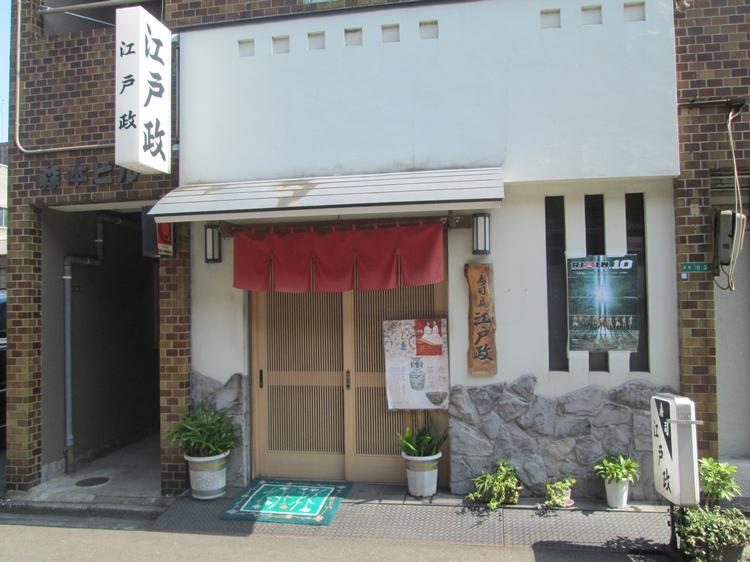
- 分類:
食べる
ジャンル: 和食
エリア: 門司・小倉エリア
-
松之鮨
-
- 分類:
食べる
ジャンル: 和食
エリア: 門司・小倉エリア
-
オカダ
-
- 分類:
買う
ジャンル: 服飾
エリア: 門司・小倉エリア
-
メガネのマツイシ
-

- 分類:
買う
ジャンル: 装飾品
エリア: 門司・小倉エリア
-
山吹かまぼこ栄町本店
-
- 分類:
買う
ジャンル: 食品
エリア: 門司・小倉エリア
-
有限会社 梅園 門司駅前本店
-
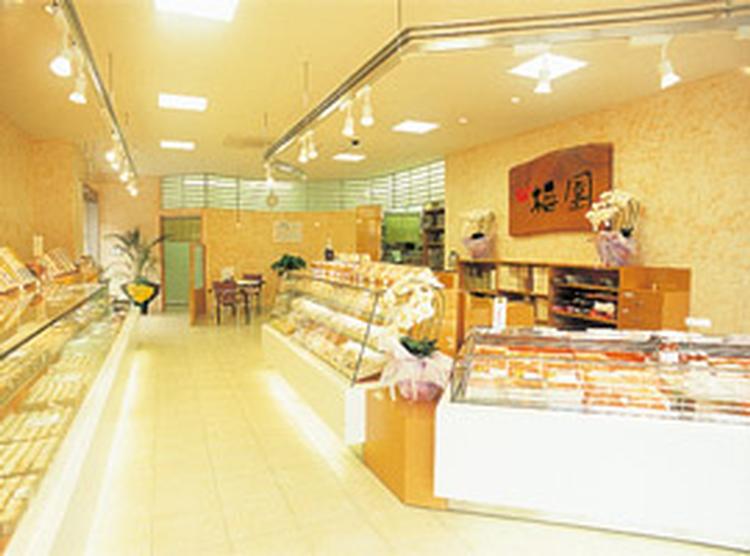
- 分類:
買う
ジャンル: 食品
エリア: 門司・小倉エリア
-
有限会社 梅園 門司港店
-

- 分類:
買う
ジャンル: 食品
エリア: 門司・小倉エリア
-
有限会社 梅園 門司港レトロ店
-

- 分類:
買う
ジャンル: 食品
エリア: 門司・小倉エリア
-
有限会社 梅園 小倉魚町店
-

- 分類:
買う
ジャンル: 食品
エリア: 門司・小倉エリア
-
キッチンたんぽぽ
-

- 分類:
食べる
ジャンル: 和食
エリア: 門司・小倉エリア
-
cafe RICO STAR
-

- 分類:
食べる
ジャンル: カフェ
エリア: 門司・小倉エリア
-
からしめんたいの寿々屋
-
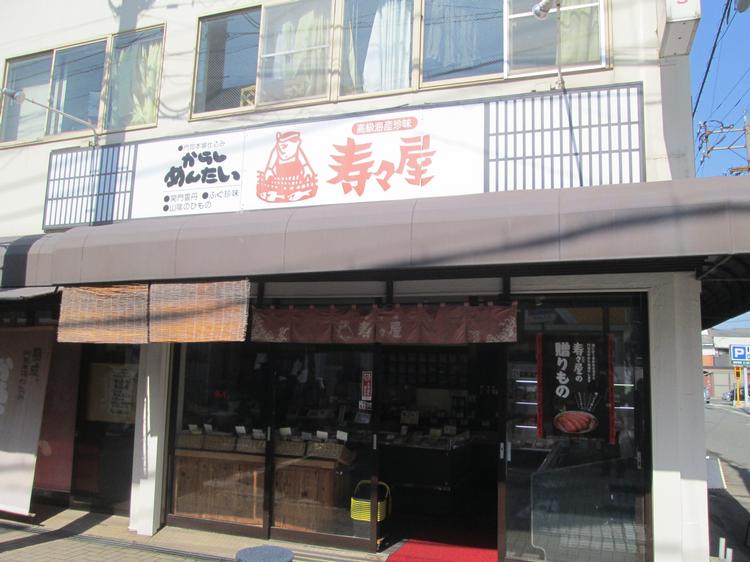
- 分類:
買う
ジャンル: 食品
エリア: 門司・小倉エリア
-
門司の駅前cafe喫茶BONGO
-

- 分類:
食べる
ジャンル: 洋食
エリア: 門司・小倉エリア
-
ブティック サバーイフロア
-

- 分類:
買う
ジャンル: 服飾
エリア: 門司・小倉エリア
-
六曜館GIG
-

- 分類:
食べる
ジャンル: カフェ
エリア: 門司・小倉エリア
-
よしざき
-

- 分類:
買う
ジャンル: 服飾
エリア: 門司・小倉エリア
-
芋伝説
-
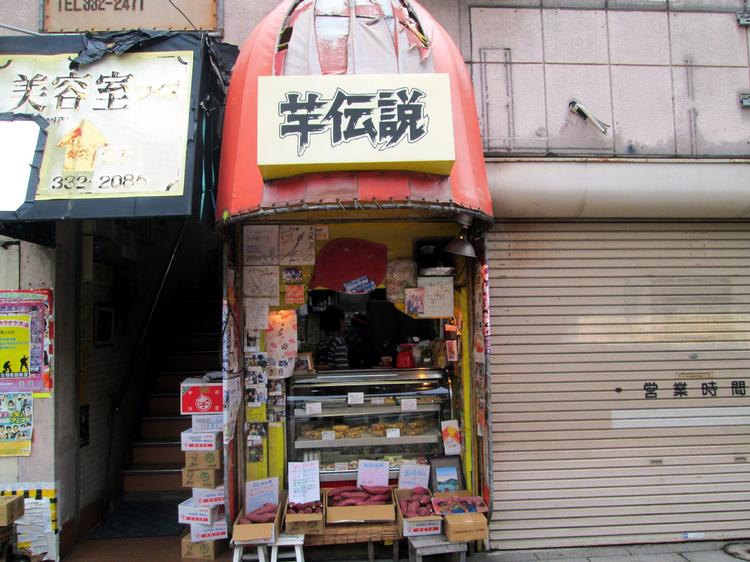
- 分類:
買う
ジャンル: 食品
エリア: 門司・小倉エリア
-
メガネのすっきり
-

- 分類:
買う
ジャンル: 装飾品
エリア: 門司・小倉エリア
-
寿し処 光本
-

- 分類:
食べる
ジャンル: 和食
エリア: 門司・小倉エリア
-
焼とり 権兵衛 小倉魚町店
-
- 分類:
食べる
ジャンル: 飲む
エリア: 門司・小倉エリア
-
焼とり 権兵衛 城野四ツ角店
-

- 分類:
食べる
ジャンル: 飲む
エリア: 門司・小倉エリア
-
小倉ベイホテル第一
-

- 分類:
泊まる
ジャンル: ホテル
エリア: 門司・小倉エリア
-
Billiards&Darts BAR Gira Spirits
-
- 分類:
遊ぶ
ジャンル: その他
エリア: 門司・小倉エリア
-
レトロ一番館
-
- 分類:
買う
ジャンル: 服飾
エリア: 門司・小倉エリア
-
やきにく百済
-

- 分類:
食べる
ジャンル: アジア
エリア: 門司・小倉エリア
-
喫茶 やなぎ亭
-

- 分類:
食べる
ジャンル: 洋食
エリア: 門司・小倉エリア
-
小銭商い 居酒屋
-
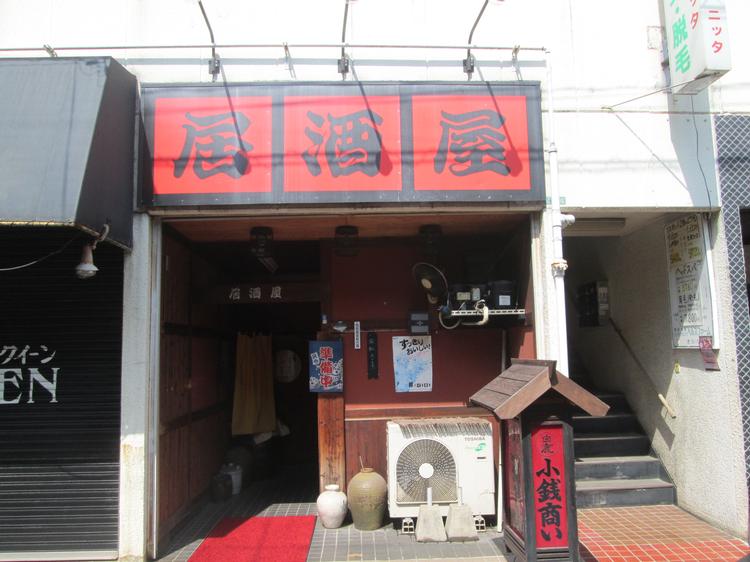
- 分類:
食べる
ジャンル: 飲む
エリア: 門司・小倉エリア
-
はなのつゆ
-

- 分類:
食べる
ジャンル: 和食
エリア: 門司・小倉エリア
-
山吹かまぼこ大里店
-

- 分類:
買う
ジャンル: 食品
エリア: 門司・小倉エリア
-
山吹かまぼこ魚町店
-

- 分類:
買う
ジャンル: 食品
エリア: 門司・小倉エリア
-
好々亭
-

- 分類:
食べる
ジャンル: その他
エリア: 門司・小倉エリア
-
鶏めし・からあげ雅亭
-

- 分類:
買う
ジャンル: 食品
エリア: 門司・小倉エリア
-
菓匠せのお
-

- 分類:
買う
ジャンル: 菓子・スイーツ
エリア: 門司・小倉エリア
-
小倉かまぼこ本店
-

- 分類:
買う
ジャンル: 食品
エリア: 門司・小倉エリア
-
小倉かまぼこ旦過店
-

- 分類:
買う
ジャンル: 食品
エリア: 門司・小倉エリア
-
あさのホテル
-

- 分類:
泊まる
ジャンル: ホテル
エリア: 門司・小倉エリア
-
北九州市立文学館
-

- 分類:
観る
ジャンル: 博物館
エリア: 門司・小倉エリア
-
えびす屋 関門
-

- 分類:
遊ぶ
ジャンル: 乗物
エリア: 門司・小倉エリア
-
小倉リーセントホテル
-

- 分類:
泊まる
ジャンル: ホテル
エリア: 門司・小倉エリア
-
すいれん
-

- 分類:
食べる
ジャンル: 和食
エリア: 門司・小倉エリア
-
ホテル クラウンヒルズ小倉
-

- 分類:
泊まる
ジャンル: ホテル
エリア: 門司・小倉エリア
-
森鴎外旧居
-

- 分類:
観る
ジャンル: 博物館
エリア: 門司・小倉エリア
-
ホテルポート門司
-
- 分類:
泊まる
ジャンル: ホテル
エリア: 門司・小倉エリア
-
廻転寿司・海鮮処 海人
-

- 分類:
食べる
ジャンル: 和食
エリア: 門司・小倉エリア
-
小倉城
-
- 分類:
観る
ジャンル: 景勝地
エリア: 門司・小倉エリア
-
小倉城庭園
-
- 分類:
観る
ジャンル: 景勝地
エリア: 門司・小倉エリア
-
旬菜旬魚 寿司 海人
-
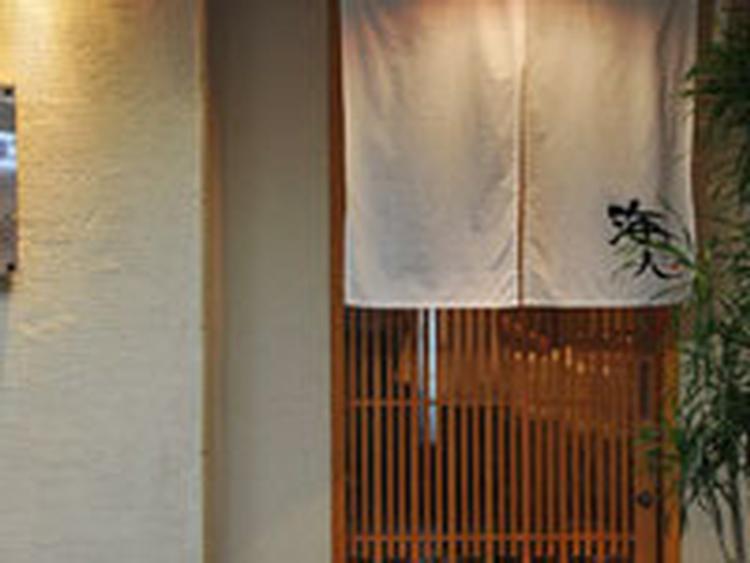
- 分類:
食べる
ジャンル: 和食
エリア: 門司・小倉エリア
-
寿司ふく料理 海人からと市場
-

- 分類:
食べる
ジャンル: 和食
エリア: 門司・小倉エリア
-
門司港レトロ展望室
-

- 分類:
観る
ジャンル: その他
エリア: 門司・小倉エリア
-
AIR'S CAFE
-

- 分類:
食べる
ジャンル: カフェ
エリア: 門司・小倉エリア
-
わたせせいぞうギャラリー
-

- 分類:
観る
ジャンル: 博物館
エリア: 門司・小倉エリア
-
カフェ・マチエール
-

- 分類:
食べる
ジャンル: カフェ
エリア: 門司・小倉エリア
-
門司港デザインハウス
-

- 分類:
買う
ジャンル: 雑貨
エリア: 門司・小倉エリア
-
アインシュタインメモリアルルーム
-

- 分類:
観る
ジャンル: 博物館
エリア: 門司・小倉エリア
-
林芙美子記念室
-

- 分類:
観る
ジャンル: 博物館
エリア: 門司・小倉エリア
-
お茶の星野園
-
- 分類:
買う
ジャンル: 食品
エリア: 門司・小倉エリア
-
旧大連航路上屋貸館
-

- 分類:
観る
ジャンル: 博物館
エリア: 門司・小倉エリア
-
旧門司税関貸しホール
-

- 分類:
観る
ジャンル: その他
エリア: 門司・小倉エリア
-
門司港地ビール工房
-

- 分類:
食べる
ジャンル: 洋食
エリア: 門司・小倉エリア
-
関門海峡ミュージアム(海峡ドラマシップ)
-

- 分類:
観る
ジャンル: 博物館
エリア: 門司・小倉エリア
-
古民家チャイハナ グリシェンカフェ
-

- 分類:
食べる
ジャンル: カフェ
エリア: 門司・小倉エリア
-
グリーングラス
-
- 分類:
食べる
ジャンル: カフェ
エリア: 門司・小倉エリア
-
キャラバンフーズ株式会社
-

- 分類:
買う
ジャンル: 食品
エリア: 門司・小倉エリア
-
地酒処 田村本店
-
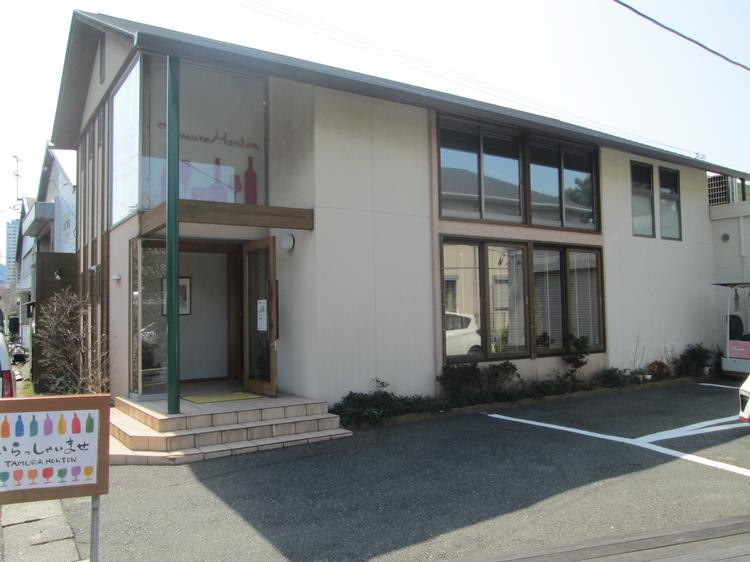
- 分類:
買う
ジャンル: 食品
エリア: 門司・小倉エリア
-
北九州市漫画ミュージアム
-

- 分類:
観る
ジャンル: 博物館
エリア: 門司・小倉エリア
-
喫茶 いこい
-
- 分類:
食べる
ジャンル: カフェ
エリア: 門司・小倉エリア
-
オオカゴ時計店
-
- 分類:
買う
ジャンル: 装飾品
エリア: 門司・小倉エリア
-
喫茶 そわある
-
- 分類:
食べる
ジャンル: カフェ
エリア: 門司・小倉エリア
-
山口酒店
-

- 分類:
買う
ジャンル: 食品
エリア: 門司・小倉エリア
-
スイードルームカワシマ
-

- 分類:
買う
ジャンル: 菓子・スイーツ
エリア: 門司・小倉エリア
-
山田芳太郎酒店
-

- 分類:
買う
ジャンル: 食品
エリア: 門司・小倉エリア
-
シューブティック てらまえ
-

- 分類:
買う
ジャンル: 服飾
エリア: 門司・小倉エリア
-
天ぷらのひろ
-

- 分類:
買う
ジャンル: 食品
エリア: 門司・小倉エリア
-
ベーカリー ヤングパン
-
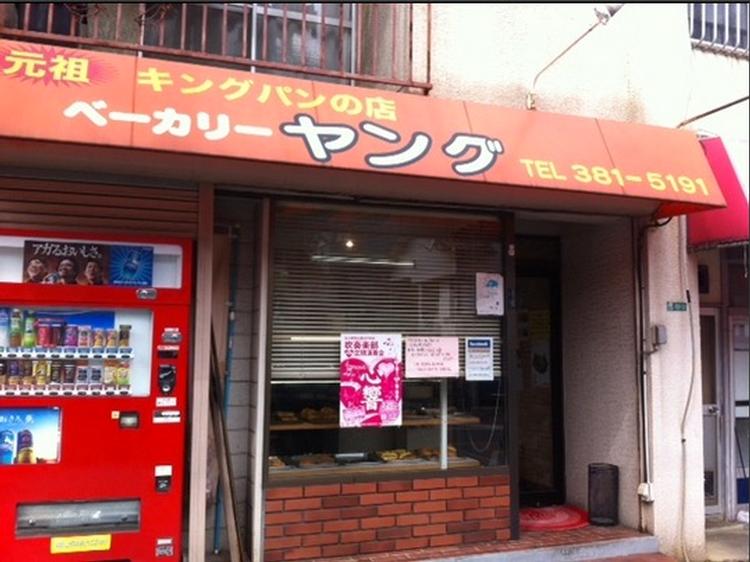
- 分類:
買う
ジャンル: 食品
エリア: 門司・小倉エリア
-
ホテルリリーフ小倉駅前
-

- 分類:
泊まる
ジャンル: ホテル
エリア: 門司・小倉エリア
-
ラーメン古潭
-

- 分類:
食べる
ジャンル: 中華
エリア: 門司・小倉エリア
-
林田酒店
-
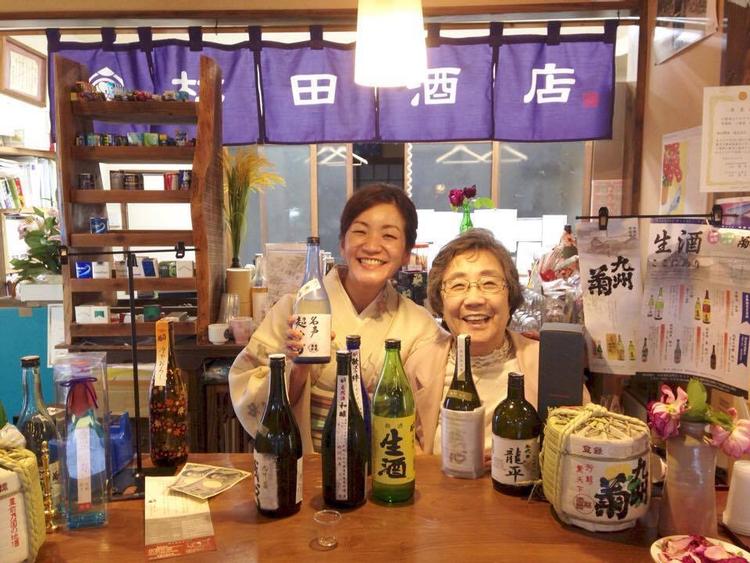
- 分類:
買う
ジャンル: 食品
エリア: 門司・小倉エリア
-
酒のたむら
-
- 分類:
買う
ジャンル: 食品
エリア: 門司・小倉エリア
-
潮風号
-
- 分類:
遊ぶ
ジャンル: 乗物
エリア: 門司・小倉エリア
-
戸上神社
-

- 分類:
観る
ジャンル: その他
エリア: 門司・小倉エリア
-
平尾台自然の郷
-

- 分類:
観る
ジャンル: 景勝地
エリア: 門司・小倉エリア
-
平尾台自然観察センター
-
- 分類:
観る
ジャンル: 博物館
エリア: 門司・小倉エリア
-
水環境館
-

- 分類:
観る
ジャンル: 博物館
エリア: 門司・小倉エリア
-
淡島神社
-

- 分類:
観る
ジャンル: その他
エリア: 門司・小倉エリア
-
薩摩屋酒店
-

- 分類:
買う
ジャンル: 食品
エリア: 門司・小倉エリア
-
広島風お好み焼き安芸 門司店
-
- 分類:
食べる
ジャンル: 和食
エリア: 門司・小倉エリア
-
藤井家具
-

- 分類:
買う
ジャンル: 生活・日用品
エリア: 門司・小倉エリア
-
ぬかみそだき専門店「ふじた」旦過本店
-

- 分類:
買う
ジャンル: 食品
エリア: 門司・小倉エリア
-
ぬかみそだき専門店「ふじた」門司店
-

- 分類:
買う
ジャンル: 食品
エリア: 門司・小倉エリア
-
蕎麦屋酒 今昔亭
-

- 分類:
食べる
ジャンル: 和食
エリア: 門司・小倉エリア
-
鎮西橋公園
-

- 分類:
遊ぶ
ジャンル:
エリア: 門司・小倉エリア
-
門司電気通信レトロ館
-

- 分類:
観る
ジャンル: 博物館
エリア: 門司・小倉エリア
-
門司港レトロ展望室
-

- 分類:
観る
ジャンル: その他
エリア: 門司・小倉エリア
-
ブルーウィングもじ
-

- 分類:
観る
ジャンル: 景勝地
エリア: 門司・小倉エリア
-
栄町銀天街
-

- 分類:
買う
ジャンル: その他
エリア: 門司・小倉エリア
-
錦町公民館
-

- 分類:
観る
ジャンル: その他
エリア: 門司・小倉エリア
-





















